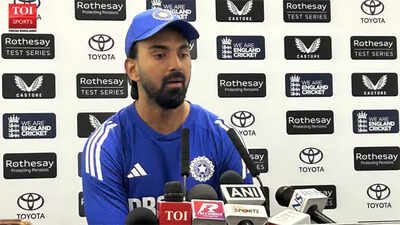There are a lot of questions about what the Nintendo Switch 2’s game lineup is going to look like upon the console’s launch, and there aren’t many answers just yet. Odds are good that we’ll see several massive first-party titles coming out very quickly followed by a staggered game release schedule after that. This will probably include popular AAA games from publishers like Microsoft that are already confirmed to be coming to the Switch 2.
However, we do know is that the Switch 2 is going to be backward compatible with the original Switch’s game cartridges, letting you keep your library intact. Nintendo’s official webpage explained the new virtual game card sharing system for the Switch also confirmed that “Switch 2 editions” of existing games are in development.
We don’t know how many Switch 2 edition games are in development, how many of them are first-party developer games nor which games are receiving the upgraded versions. But we do know that there are many older games that pushed the original Switch’s hardware to the limit.
These are some of the first-party games that could benefit the most from versions fully utilizing the Switch 2’s more powerful hardware.
Pokemon Scarlet and Violet
Scarlet and Violet’s obligatory “Pikachu clone” scurries through some rough-looking grass.
Game Freak has struggled to make mainline Pokemon games work on the Switch. Sword and Shield’s toxic “Dexit” controversy largely overshadowed the fact that the game had some of the most mediocre graphics on the console, and Pokemon and NPC models frequently suffered from sudden pop-ins as players explored the game’s Wild Area.
Pokemon Scarlet and Violet caught even more flak for its performance issues. The pop-in issue returned, but this time around faraway models you could see frequently skipped frames in their animation cycles.
While the game was larger and more ambitious with a grander open world, the game’s performance suffered as a result. Pokemon Scarlet and Violet have both had a hard time reaching 30 frames per second (FPS) outside of most towns, and certain areas like Kitakami and Tagtree Thicket absolutely tank the frame rate.
The Switch 2’s presumably stronger hardware would likely support Game Freak’s more ambitious open world designs, and grant the developer a chance to give Pokemon the 3D graphical fidelity the franchise deserves.
The Legend of Zelda: Tears of the Kingdom
Tears of the Kingdom’s art style does a lot of heavy lifting, but the Switch 2 can really help this game out.
There’s no doubt that Tears of the Kingdom is beautiful game, thanks in large part to its strong art direction and cel-shaded models that make the world feel vibrant and alive. Despite that, the game doesn’t do much to improve on Breath of the Wild’s visual fidelity, and it suffers from blurry, low-texture terrain that muddies up the experience.
But Tears of the Kingdom’s true sin lies with its performance. While the game fairly consistently reaches its 30 FPS cap, there are sections of the game that drop the performance to 15 to 20 FPS, which makes Tears of the Kingdom feel choppy and outdated. Areas like The Great Sky Island and the Depths, rainy days and even the core Ultrahand ability all push the Switch to its limit and the game is drastically slower when you’re in these areas or just trying to glue two items together.
Tears of the Kingdom is an iconic Switch game in one of Nintendo’s flagship franchises. It’s a perfect candidate for a Switch 2 upgrade with beefed up graphics and performance optimization to help it consistently hit 60 FPS on the stronger console.
Kirby and the Forgotten Land
The uncanny blend of real and cartoony graphics is a key part of the Forgotten Land, but the game is held back by some low-texture models.
Plucked out of Dream Land and plopped down into an eerily real world, the titular pink power puff stands in stark contrast from his environment in this 3D Kirby game. Kirby and the Forgotten Land creates a world that in many ways visually clashes with the protagonist and his enemies, which makes it more interesting to explore. The new Forgotten Land is an analog to the real world, and it’s modeled very differently from the usual cartoony landscapes and character designs that players have come to expect from the franchise.
The issue with this new, realistic world is that the game is graphically inconsistent. Stages like Everbay Coast’s Scale the Cement Summit stand out as winners benefiting from the new artstyle, combining fantastic water lighting events with impressive graphics for the level’s waterlogged buildings. However, other areas like the Natural Plains and Winter Horns end up looking disappointing in comparison, with grass and snow textures that don’t hold up to the rest of the game.
The environment is incredibly important to the story of Kirby and the Forgotten Land, so it makes sense that an upgraded version of this game would buff out some of the weaker textures and deliver even more strongly on developer HAL Laboratory’s intended vision.
Watch this: Nintendo’s Allowing Digital Game Sharing: Here’s What That Means and How It Works






